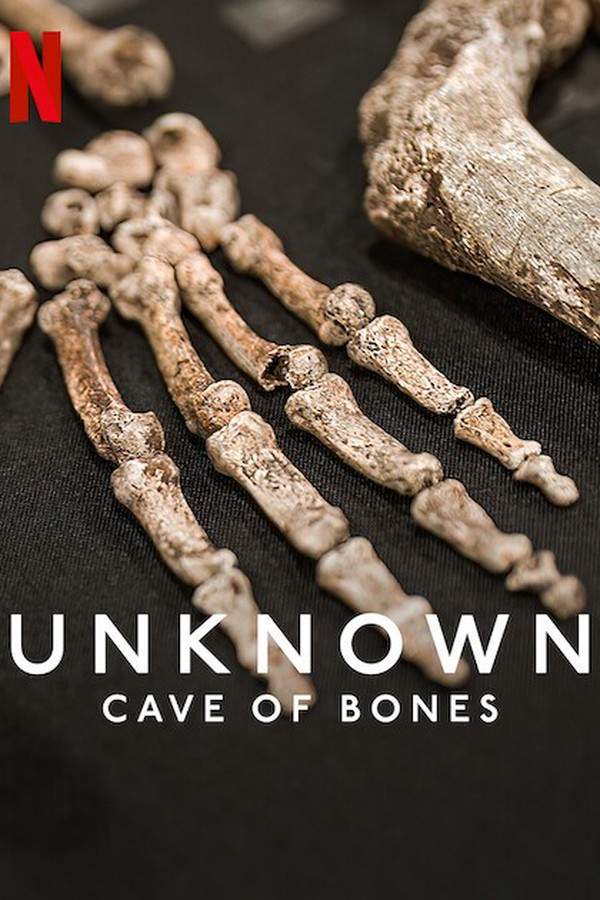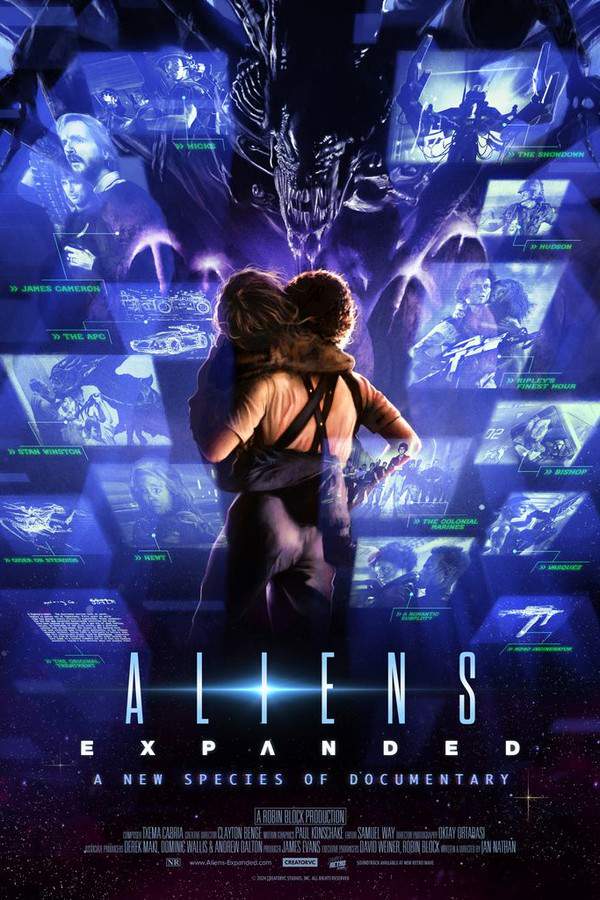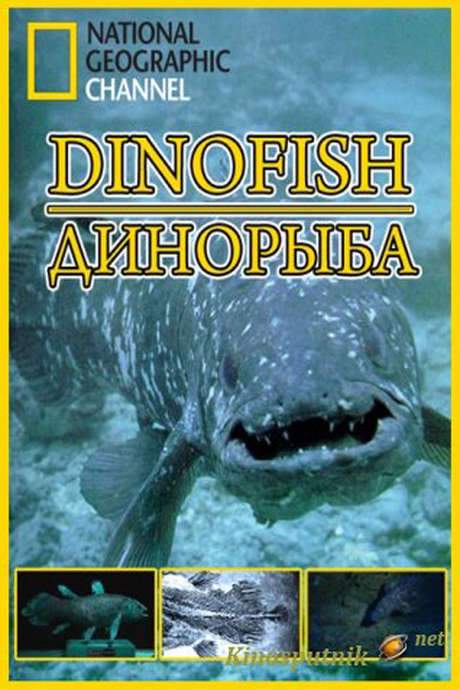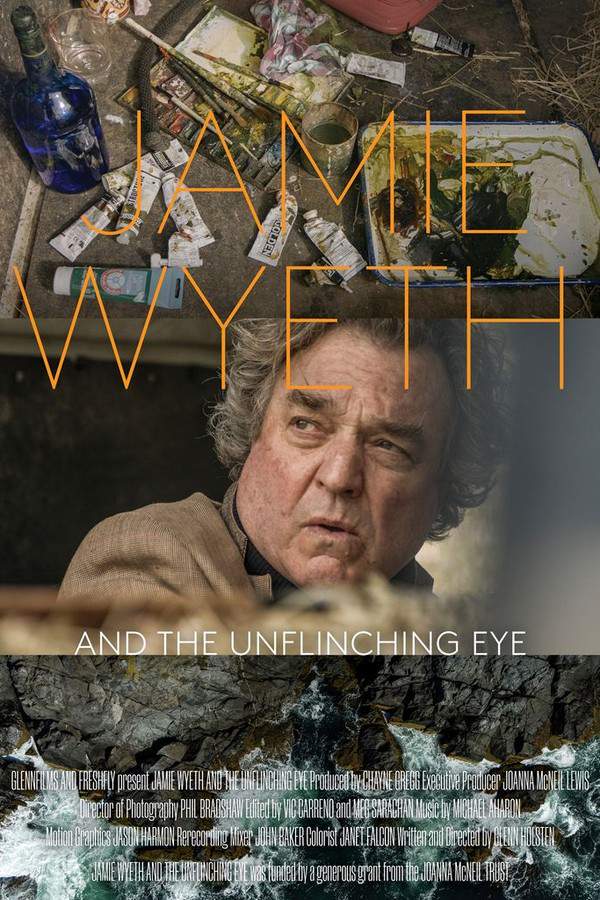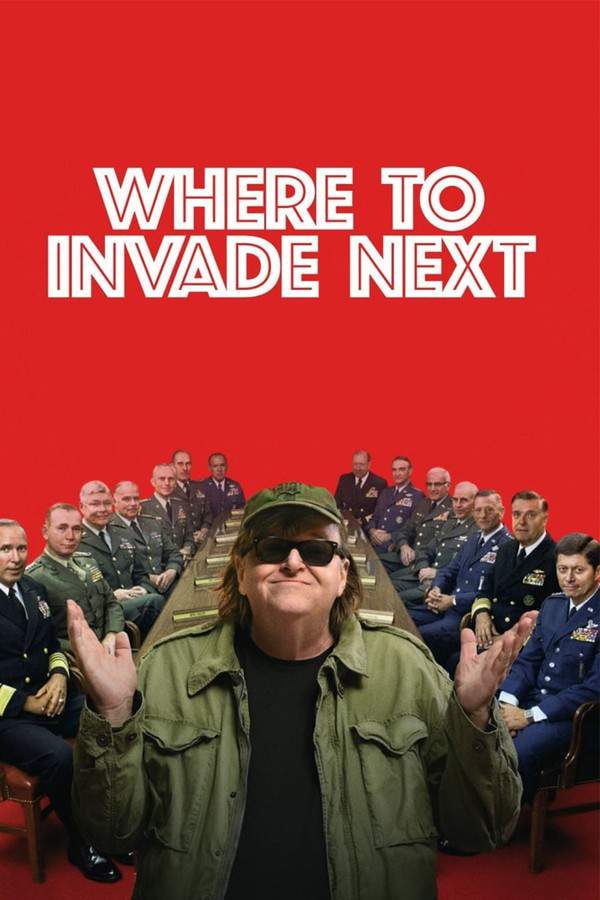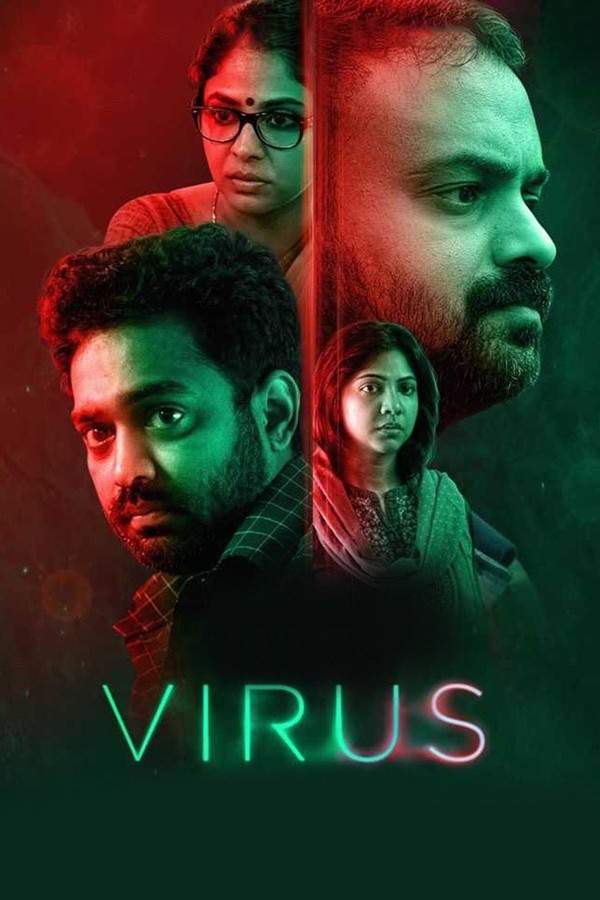
Zombies: A Living History
Year: 2011
Runtime: 94 mins
Language: English
Director: David V. Nicholson
The film explores the deep roots of the zombie myth, showing that every culture has spawned its own version long before modern cinema. It examines historical illnesses that produced zombie‑like behavior and asks whether such outbreaks could ever be real. By confronting the idea of facing not a single undead creature but massive hordes, it challenges viewers to consider how humanity might survive such a scenario.
Warning: spoilers below!
Haven’t seen Zombies: A Living History yet? This summary contains major spoilers. Bookmark the page, watch the movie, and come back for the full breakdown. If you're ready, scroll on and relive the story!
Timeline – Zombies: A Living History (2011)
Trace every key event in Zombies: A Living History (2011) with our detailed, chronological timeline. Perfect for unpacking nonlinear stories, spotting hidden connections, and understanding how each scene builds toward the film’s climax. Whether you're revisiting or decoding for the first time, this timeline gives you the full picture.
Last Updated: October 01, 2025 at 10:21
Explore Movie Threads
Discover curated groups of movies connected by mood, themes, and story style. Browse collections built around emotion, atmosphere, and narrative focus to easily find films that match what you feel like watching right now.
Documentaries Exploring Mythology and Fear Like Zombies: A Living History
Analytical explorations that trace the origins of our deepest cultural anxieties.If you enjoyed Zombies: A Living History, you'll find more movies like it here. This section features documentaries and analytical films that explore the historical roots of folklore, monsters, and societal anxieties, blending science and cultural history for a thought-provoking experience.
Narrative Summary
Stories in this thread are structured as investigative journeys. They typically begin with a modern concept or fear and work backwards, uncovering historical parallels, scientific explanations, and cultural variations to build a comprehensive understanding of a pervasive idea.
Why These Movies?
These movies are grouped together because they share a calm, educational tone and a fascination with deconstructing popular myths. They prioritize analytical thinking over sensationalism, offering viewers a deeper, more reflective look at the subjects they explore.
Movies About Societal Collapse Preparedness Like Zombies: A Living History
Thoughtful examinations of how humanity might endure its worst-case scenarios.Viewers who liked the survival strategy discussion in Zombies: A Living History will appreciate these movies. This selection focuses on stories that theorize about societal breakdowns in a practical, humane way, asking 'what if?' and exploring how cooperation and planning could lead to hope.
Narrative Summary
The narrative pattern involves presenting a large-scale threat and then methodically examining its potential impact on society, infrastructure, and human behavior. These stories often conclude on a pragmatic or cautiously hopeful note, emphasizing preparedness and resilience.
Why These Movies?
These films are connected by their sobering yet practical approach to disaster. They share a medium emotional weight, balancing the seriousness of the subject with a problem-solving mindset that engages the viewer's intellect more than their panic reflexes.
Unlock the Full Story of Zombies: A Living History
Don't stop at just watching — explore Zombies: A Living History in full detail. From the complete plot summary and scene-by-scene timeline to character breakdowns, thematic analysis, and a deep dive into the ending — every page helps you truly understand what Zombies: A Living History is all about. Plus, discover what's next after the movie.
Zombies: A Living History Summary
Read a complete plot summary of Zombies: A Living History, including all key story points, character arcs, and turning points. This in-depth recap is ideal for understanding the narrative structure or reviewing what happened in the movie.

Characters, Settings & Themes in Zombies: A Living History
Discover the characters, locations, and core themes that shape Zombies: A Living History. Get insights into symbolic elements, setting significance, and deeper narrative meaning — ideal for thematic analysis and movie breakdowns.

Zombies: A Living History Spoiler-Free Summary
Get a quick, spoiler-free overview of Zombies: A Living History that covers the main plot points and key details without revealing any major twists or spoilers. Perfect for those who want to know what to expect before diving in.

More About Zombies: A Living History
Visit What's After the Movie to explore more about Zombies: A Living History: box office results, cast and crew info, production details, post-credit scenes, and external links — all in one place for movie fans and researchers.



